Gymnopus foetidus
Scientific name: Gymnopus foetidus (Sowerby) J. L. Mata
& R. H. Petersen
Derivation of name: Foetid- means "fetid" or "stinking" and
refers to the foul odor of this mushroom.
Synonyms: Micromphale foetidum (Sowerby) Singer;
Marasmius foetidus (Sowerby) Fr.
Common name(s): Fetid Marasmius.
Phylum: Basidiomycota
Order: Agaricales
Family: Marasmiaceae
Occurrence on wood substrate: Saprobic; clustered on sticks
and fallen branches of deciduous trees; July through September.
Dimensions: Caps 1-3 cm wide; stipes 2-3 cm long and 1-1.5
mm thick.
Cap: Usually with a reddish-brown, sunken navel-like center
and reddish-brown striations extending to the pleated margin;
color fading to tan with age.
Gills: Attached to a collar; yellowish at first, becoming reddish-
tinged.
Spore print: White.
Stipe: Brownish; velvety; cottony at the base.
Veil: Absent.
Comments: The odor of this mushroom is described as that
of sour cabbage and the taste as strongly disagreeable.
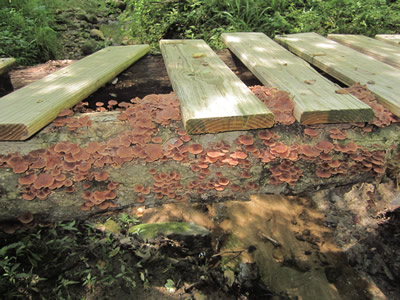
Figure 1. Gymnopus foetidus growing on a structural element
of a footbridge.
Photo © Joanne Solem.
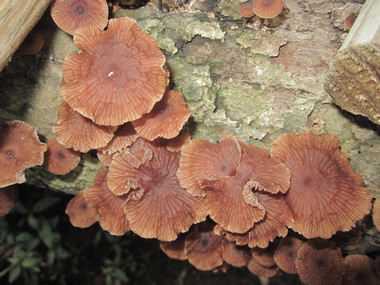
Figure 2. Fetid Marasmius caps are reddish-brown with
sunken navel-like centers
and feature reddish-brown
striations extending to pleated margins.
Photo © Joanne Solem.
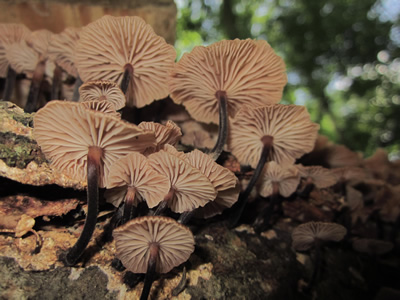
Figure 3. Stipes and gills of Gymnopus foetidus.
Photo © Joanne Solem.
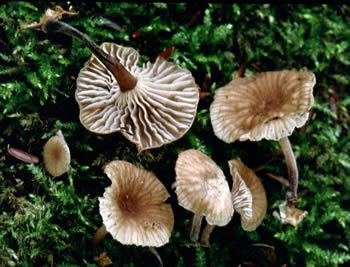
Figure 4. Striate caps and pinkish-buff gills of fetid
Marasmius. Photo © Steve Nelsen.
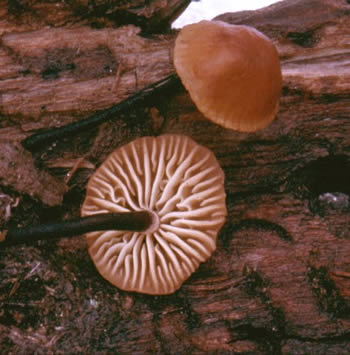
Figure 5. The gills are reported to be attached to a collar.
Photo © Steve Nelsen.
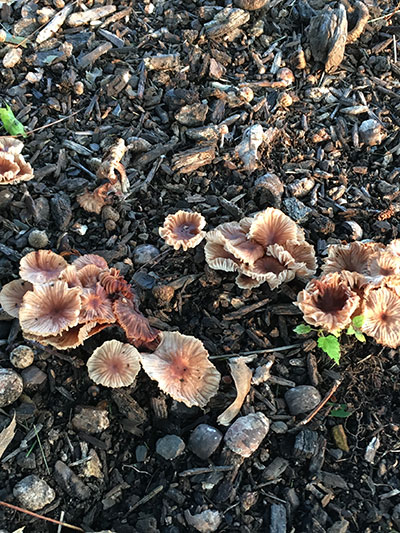
Figure 6.
The habitat for these specimens was a wood-mulched
landscape bed on the Mont Alto campus of Penn State. The
speciemens were observed during EPM's 2018 Helen Miknis
Foray. Photo © Gary Emberger.
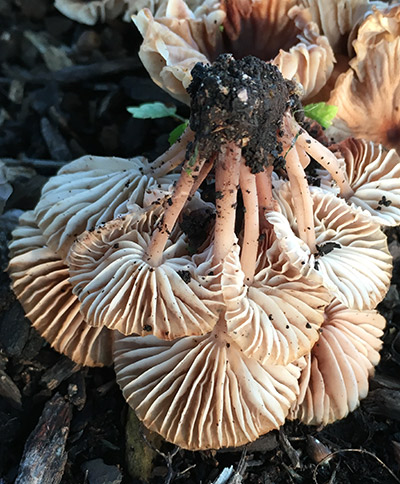
Figure 7.
Same specimens as in Figure 6. Typical of the variability
of mushrooms, the stipes are not the dark brownish color reported
for the species. In addition, there is no evident collar
(see Figure 5)
to which the gills are attached. Still, the identifiers at the foray were
confident in identifying these specimens as Gymnopus foetidus.
Photo © Gary Emberger.